The Nikon DS-Ri2 is a colour, full frame (Nikon FX sensor) microscope camera with USB 3.0 and working with Nikon's NIS-Elements software. With the camera comes a free copy of NIS-Elements F (Very scaled down app).
The camera outputs TIFF/JPEG. Even though it has a 14-bit digitizer, it can only emit 8-bits per channel (24-bit) TIFF images.
I have not yet received my F-mount adapter, so right now the camera is tethered to the microscope using a home made fixture. Therefore it is not parfocal but that would not detract from this short review.
The NIS-Elements F software allows you to connect to one of two "cameras" - either the full 16MP resolution (4908x3264) one or the 3x3 pixel binned (1608x1608) resolution.
If connected to the high res unit, you have the option to switch Live View either to the low res version or the full res version. Low res can give high frame rates - 30fps can easily be had. On full resolution Live View, frame rate will not exceed 6fps.
Capturing an image can be done with the Capture button, or the Auto button. Capture will freeze the display and allow you to add annotations / make adjustments then save the image. Auto will automatically freeze the image, capture it, save it and be ready for the next image. At least that is the theory. Right now I am in discussion with Nikon regarding an apparent issue as I can only capture an image once every 12 seconds or so, due to the Auto button not working every time when pressed, and taking a long time to write the file to disk and be ready again. And this is not due to my hardware, my hardware far exceeds the recommended system specs.
The files are 8-bit per channel TIFF images, and does NOT contain any EXIF information, not even the capture date. This is also a problem for me, as I have no way to know the exposure, gain, custom notes, date, camera model, etc. I have a pending question in with Nikon support on whether this will be fixed or whether a different NIS-Elements suite provide this feature.
Regarding vibration - I have only tested it so far with my 60x/1.2 Water immersion objective and a wet mount, and I can confidently say there are zero mechanical noises when making an exposure, and absolutely no (observable) vibration. This camera is 100% vibration free. However I will re-confirm this when properly attached via the U-FMT mount.
Then on to the image quality. Since this is a scientific instrument and not a commercial camera, some nomenclature is different. They do not speak of ISO but instead the more technically accurate term Gain. Same with exposure - it is not shown as a shutter speed (as there is no shutter), they refer to exposure duration (100µs - 120s). I presume a gain of 1.0 means base ISO, say ISO200 (Nikon). I furthermore presume a gain of 2.0 implies ISO400, and so on. This may or may not be accurate.
I have taken a photo at gain 7.6 and at gain 64 in addition to gain 1. I must say, this camera has VERY little noise at any ISO. It is equivalent to my Canon 1DX when comparing ISO performance. I have not done any scientific measurements but to my eye that is what it looks like. It is certainly cleaner than the Canon 6D. I took some fluorescence photos and could easily crank up the gain such that I get (almost) noise-free images accurately exposed with both the ND25 and ND6 filters engaged, whereas with the 6D I used to have to disengage the ND6 filter (4-stop increase in fluorescence excitation energy). At these levels I can barely see any fluorescence through the eyepieces. This is great news as it means I will most likely suffer less from photobleaching.
A summary of my preliminary findings:
Pros
===
1. Vibration free
2. High quality images
3. Low noise
4. High ISO capable
5. Fast (6fps at full resolution)
6. 16MP should be adequate.
7. Full frame
8. USB 3.0
Cons
===
1. No RAW
2. No 16-bit even though it has a 14-bit digitizer
3. Currently I cannot capture faster than 0.08fps, this is a major issue that needs to be sorted.
4. No EXIF
Below some comparisons. Take note that I could not control the environment perfectly - the old photos were taken up to 2 years ago, so the subject might have changed slightly. It should be useful nonetheless. Also take note that the old photos are a mix of Canon 350D and Canon 6D, but all were taken on the Olympus microscope and as far as possible, under the same settings / objective (except fluorescence).
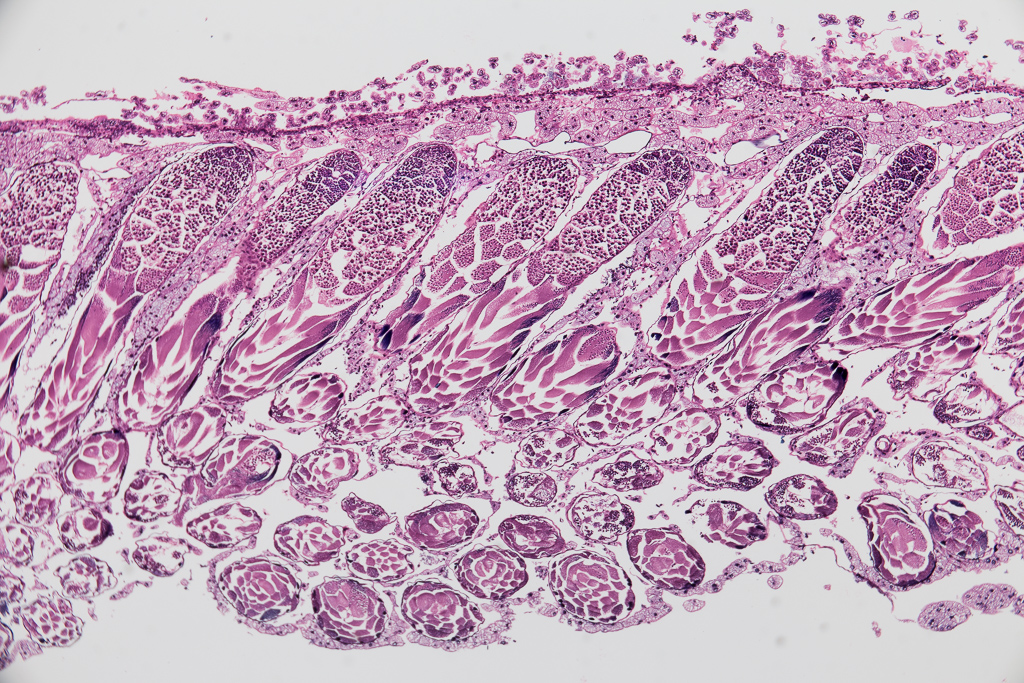
Full Image
Grasshopper testicle, 4x*1.25*1.4xTC, BF, Canon 6D
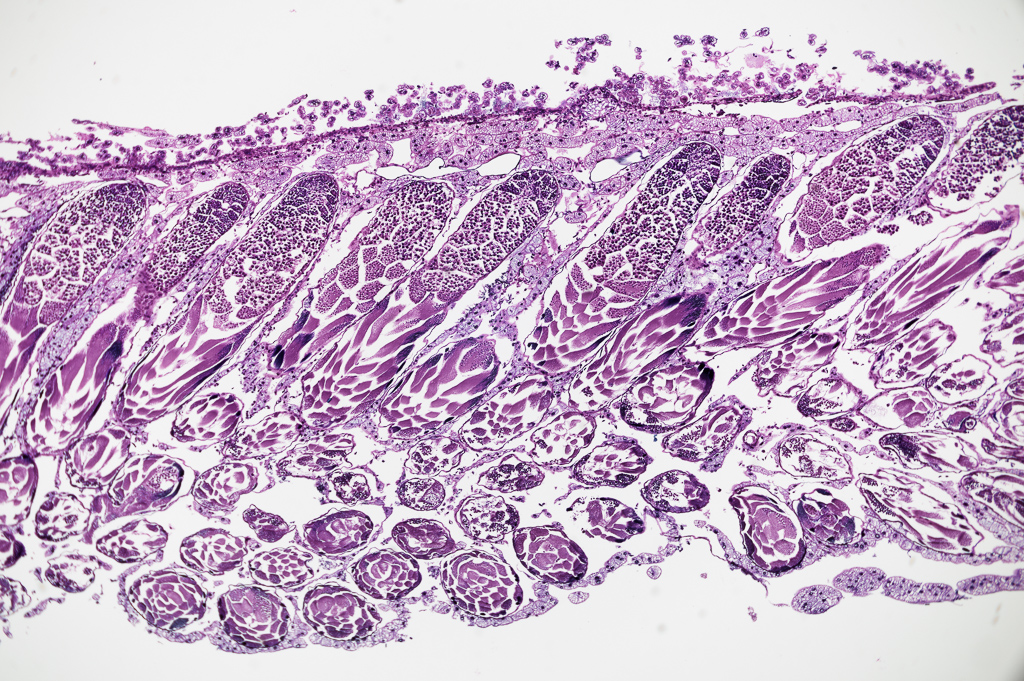
Full Image
Grasshopper testicle, 4x*1.6, BF, DS-Ri2

Full Image
Benzoic acid melted, 10x, POL, Canon 350D
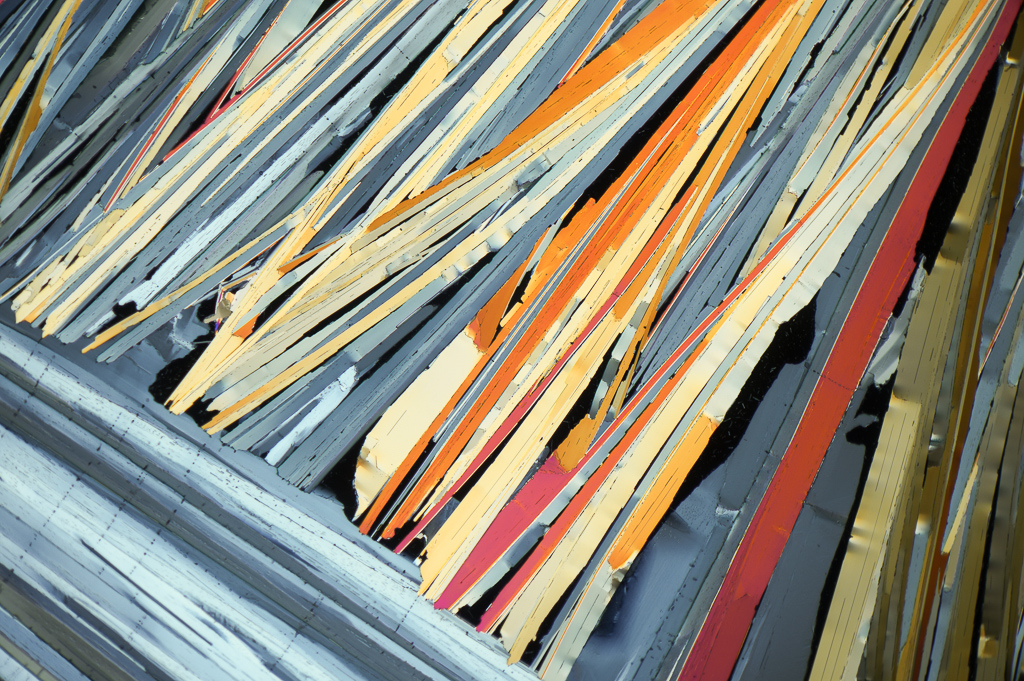
Full Image
Benzoic Acid melted, 10x*1.6, POL, DS-Ri2
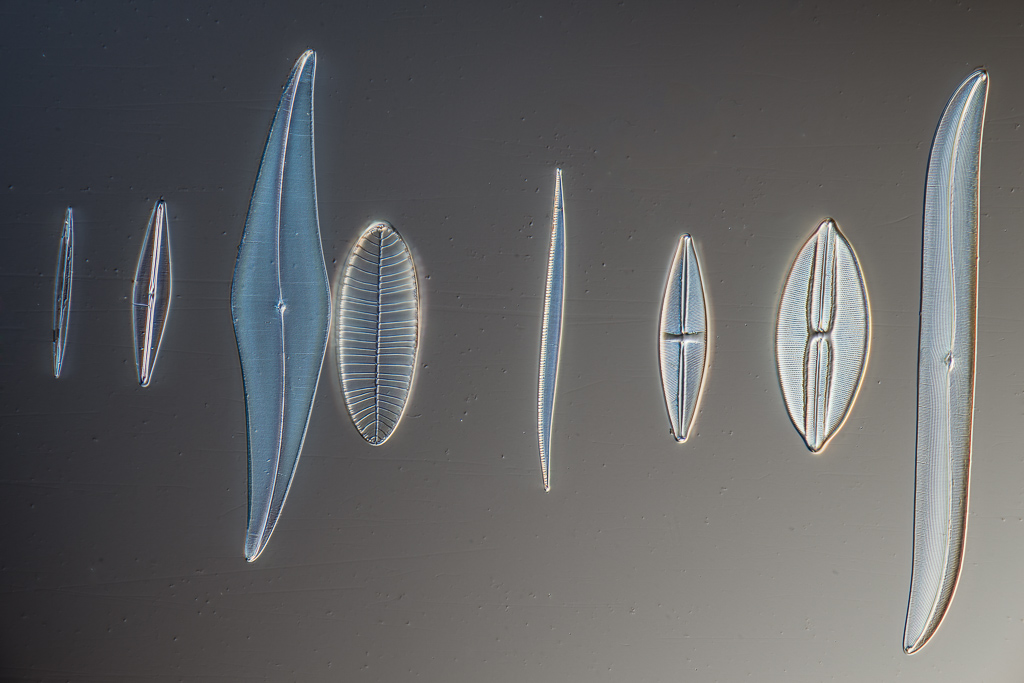
Full Image
Test Diatoms, 40x, DIC, HF A, Canon 350D
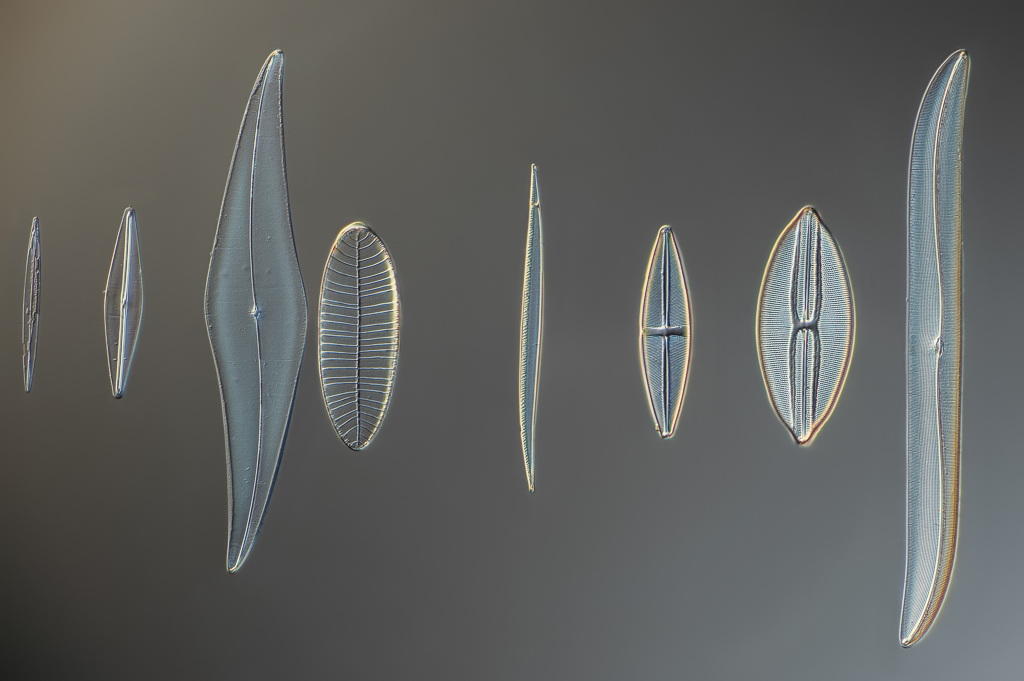
Full Image
Test Diatoms, 40x*1.6, DIC, HF B, DS-Ri2
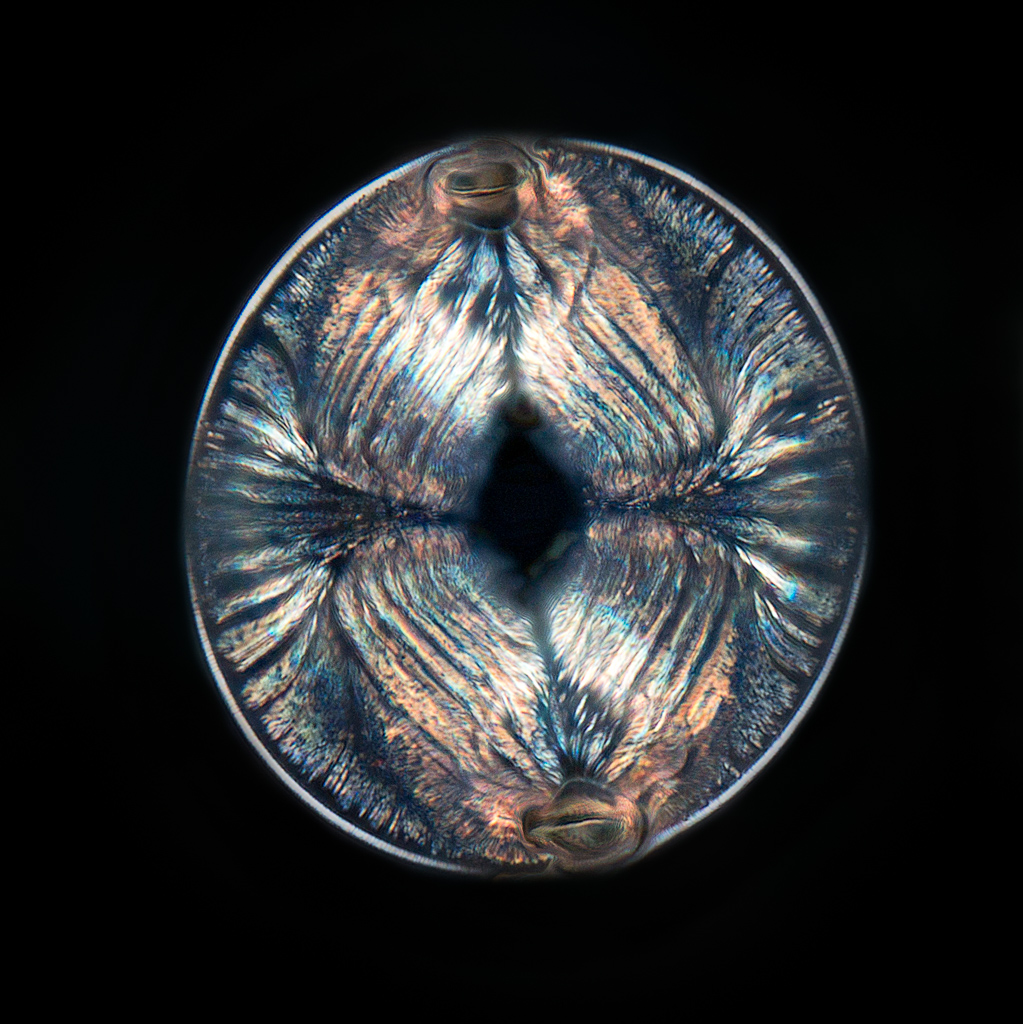
Full Image
Diatoms, Oamaru N.Z., Auliscus oamaruensis, 40x, POL, HF B, Canon 350D
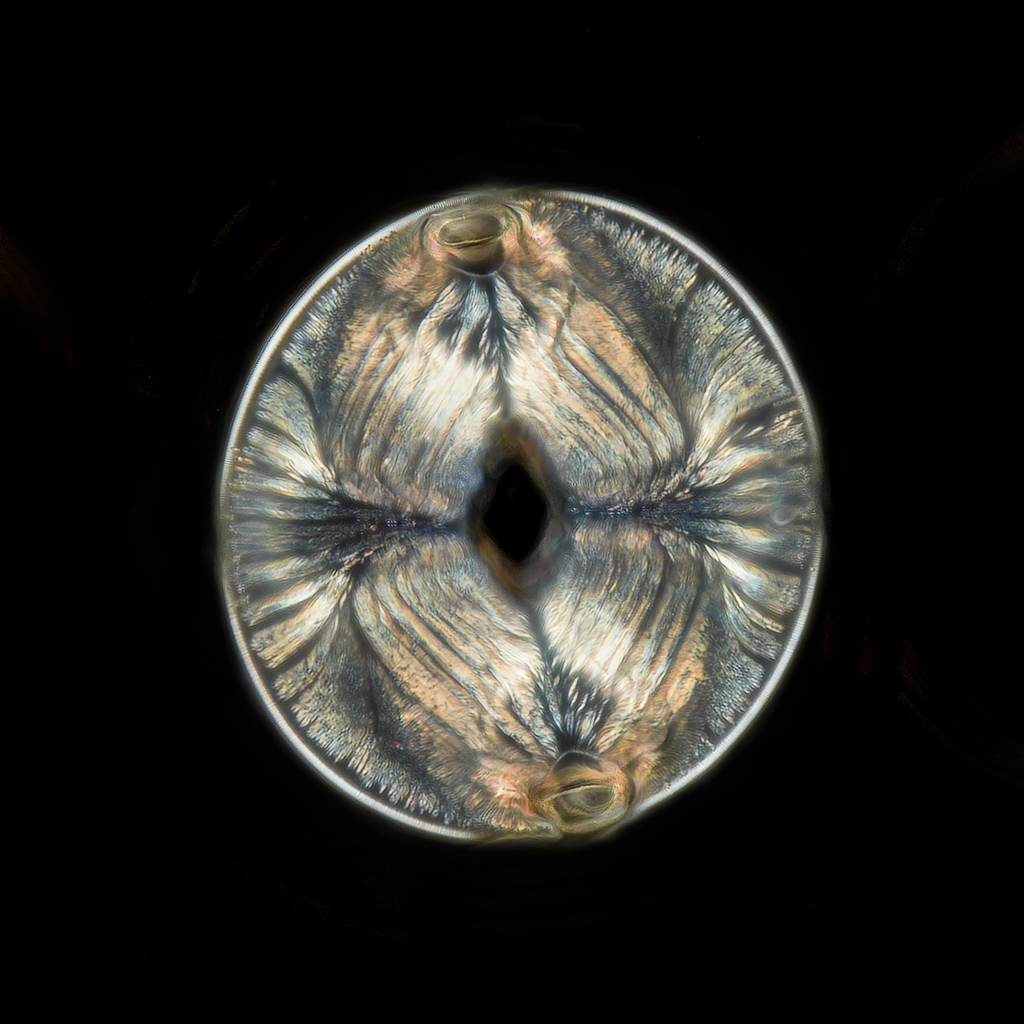
Full Image
Diatoms, Oamaru N.Z., Auliscus oamaruensis, 40x, POL, HF A, DS-Ri2
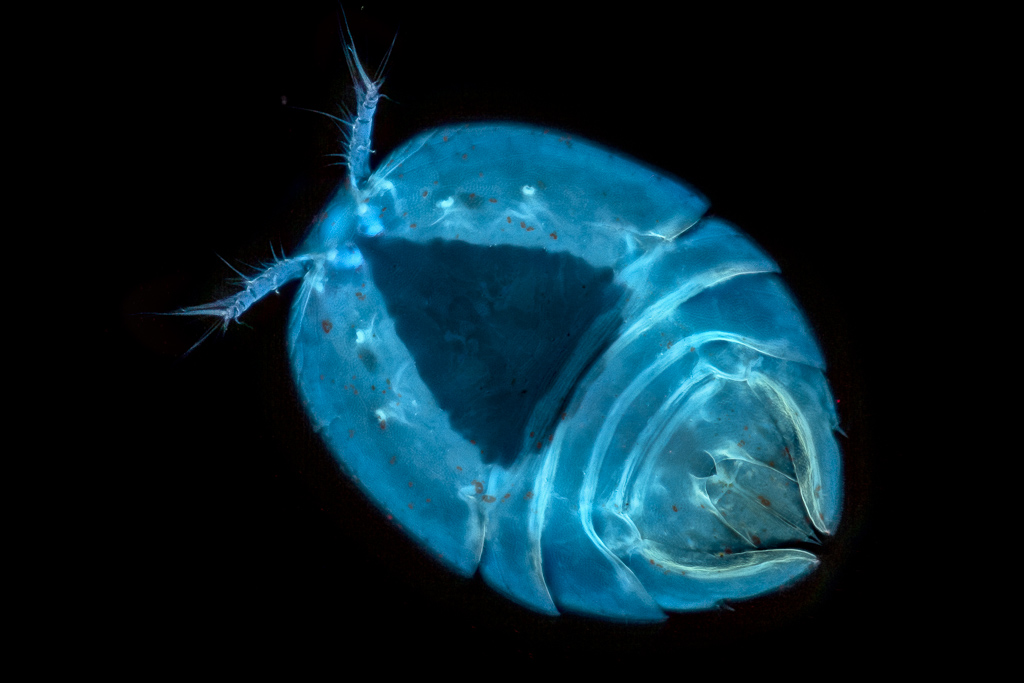
Full Image
Harpacticoid Copepod - reef, 20x*1.25*1.4TC, FLUO-C6, HF C, Canon 6D
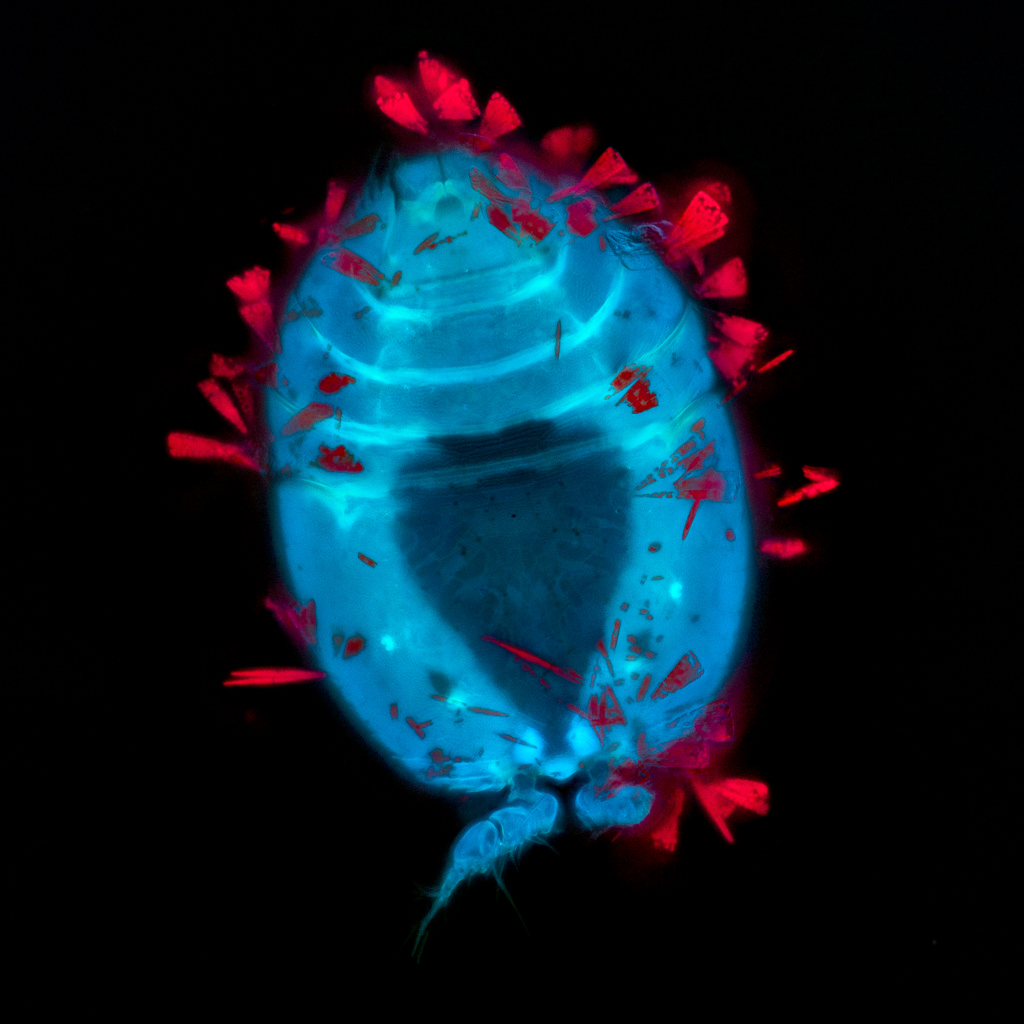
Full Image
Harpacticoid copepod - reef, 10x*2, FLUO-C6.1, HF C, DS-Ri2
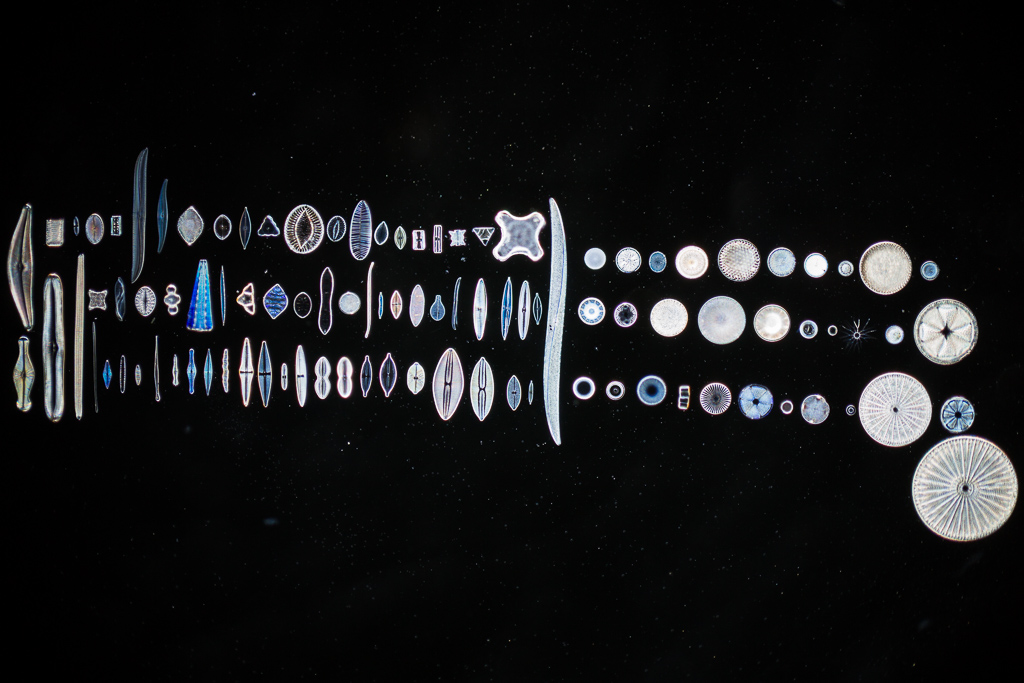
Full Image
Test diatoms, 10x, DF, Canon 350D
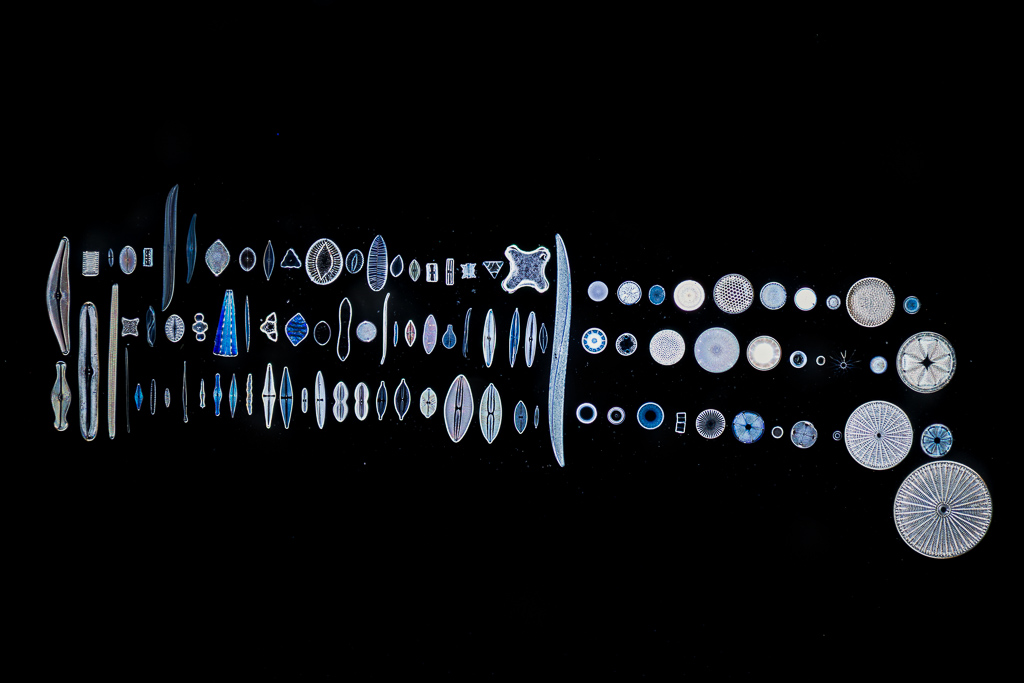
Full Image
Test diatoms, 10x*1.4 TC, DF, Canon 6D
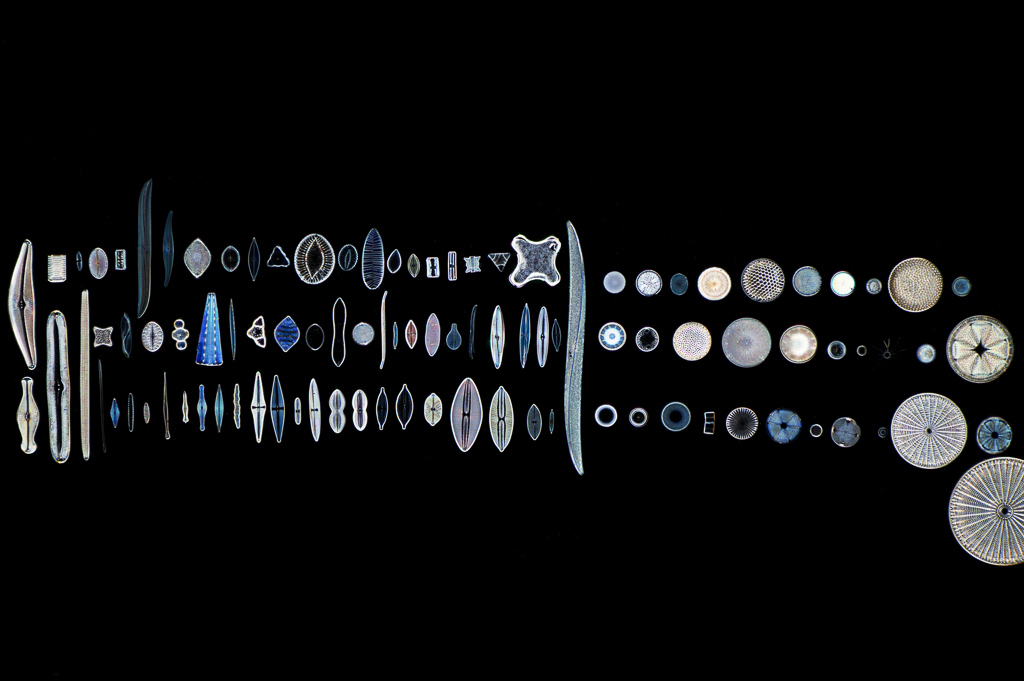
Full Image
Test diatoms, 10x*1.6, DF, DS-Ri2
